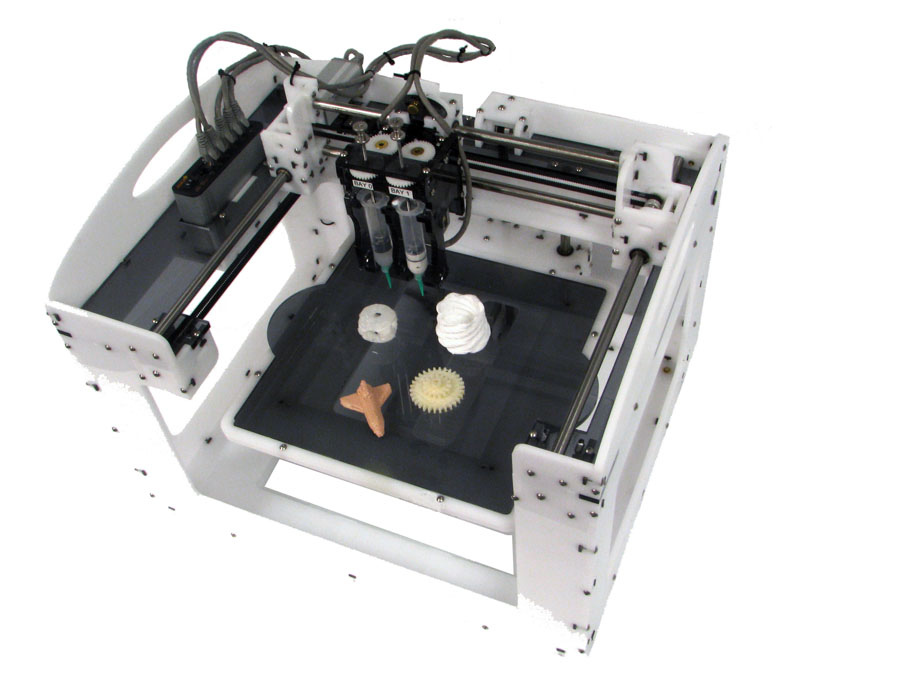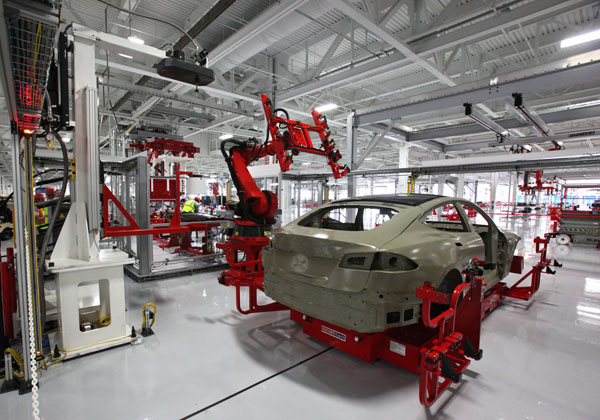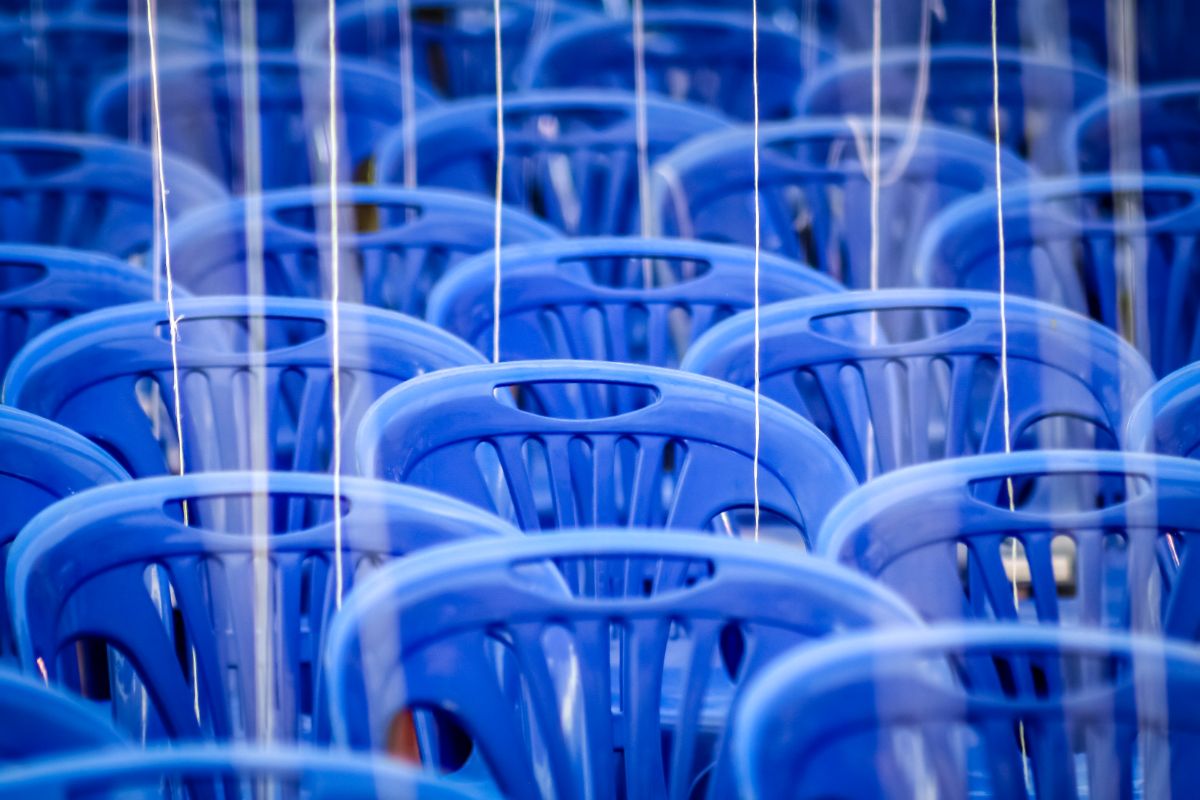What are the benefits of plastic injection molding for your manufacturing needs?
- Fulfills complex geometry
- Can use multiple types of plastic
- High production output
- Consistent quality
- Versatile finishing
- Variety of color options
- Design flexibility
- Lightweight
- Faster production cycles
- Low labor costs
Manufacturers in just about any industry can attest to the advantages that precision plastic injection molding provides. Plastic injection molding is a method for producing a wide array of plastic products that offer benefits such as enhanced strength, high repeatability, complex part design, and versatility. When compared to other plastic manufacturing methods, plastic injection molding is more precise, efficient, and cost-effective. To better understand why so many prefer this process, here are 10 benefits of plastic injection molding for manufacturing needs:
Fulfills complex geometry
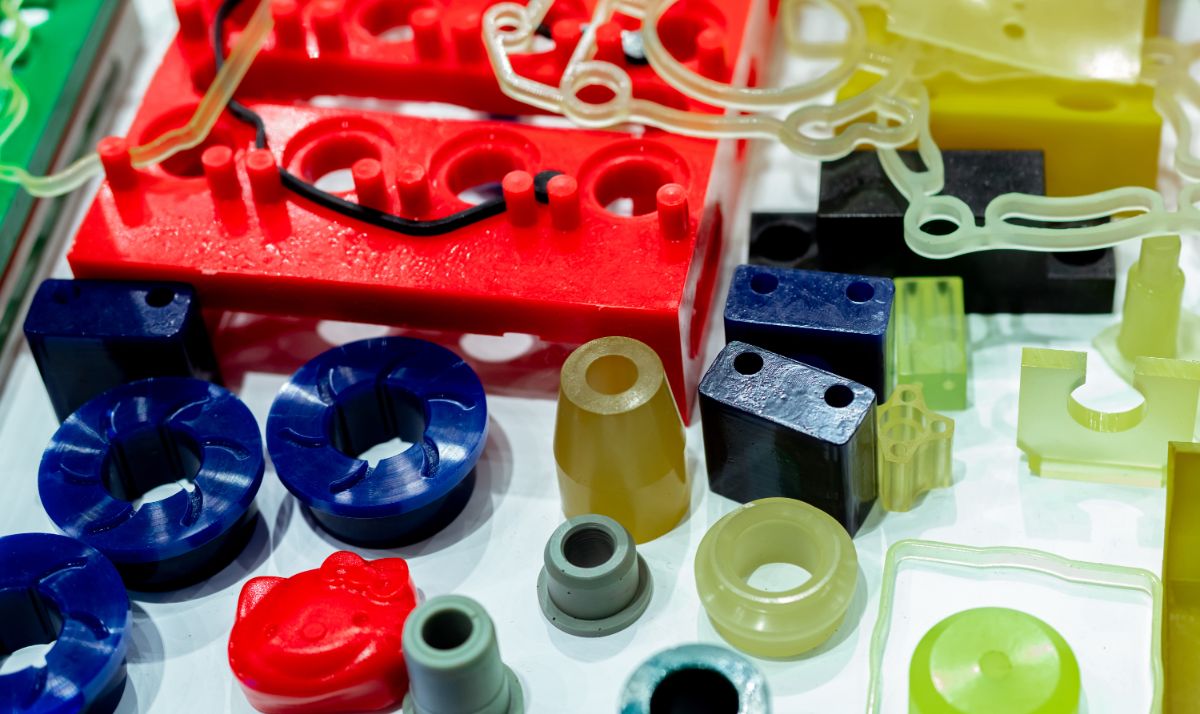
Plastic injection molding is a process capable of fulfilling even the most complex, detailed geometries with tight tolerances. This is possible as the plastic resin is pressed extremely hard against the mold, harder than in other molding processes. This excessive pressure allows the resin to adhere to the mold’s design with an accuracy rate of +/- .001 inches.
That means plastic injection molders can help manufacturers produce highly plastic products with intricate shapes, with virtually no deviation from their intended design, which otherwise would be too expensive and complicated to manufacture. This design complexity is fully repeatable across production runs and equipment.
Can use multiple types of plastic

It’s not uncommon for manufactured plastic parts to be composed of different plastic types to increase strength and impact resistance. While this decision may seem simple, safely combining plastics in manufacturing can be very complicated.
Plastic injection molding is capable of manufacturing parts that use different types of plastic simultaneously, without risking defects, injury, and other common problems seen in using dissimilar materials in manufacturing. This can be done through the process of co-injection molding, which is specially designed to safely use various types of plastic in the same product.
Today, there are over thousands of materials that are compatible with plastic injection molding, including thermoplastic elastomer (TPE), thermoplastic polyurethane (TPU), polycarbonate (PC), polypropylene (PP), polyethylene (PE), acrylonitrile butadiene styrene (ABS), acrylic (PMMA), and nylon polyamide (PA).
High production output
Plastic injection molding is considered one of the most efficient manufacturing processes there is — it’s extremely fast compared to other molding methods, and is capable of higher product output rates. While the speed of production does vary, depending on the complexity of your design, you can expect cycle times to be anywhere from 15 to 120 seconds.
In addition, plastic injection molding fulfills this fast and high production rate while maintaining consistent and repeatable outputs, ensuring that manufacturers can meet their standards in plastic product design and quality.
Consistent quality
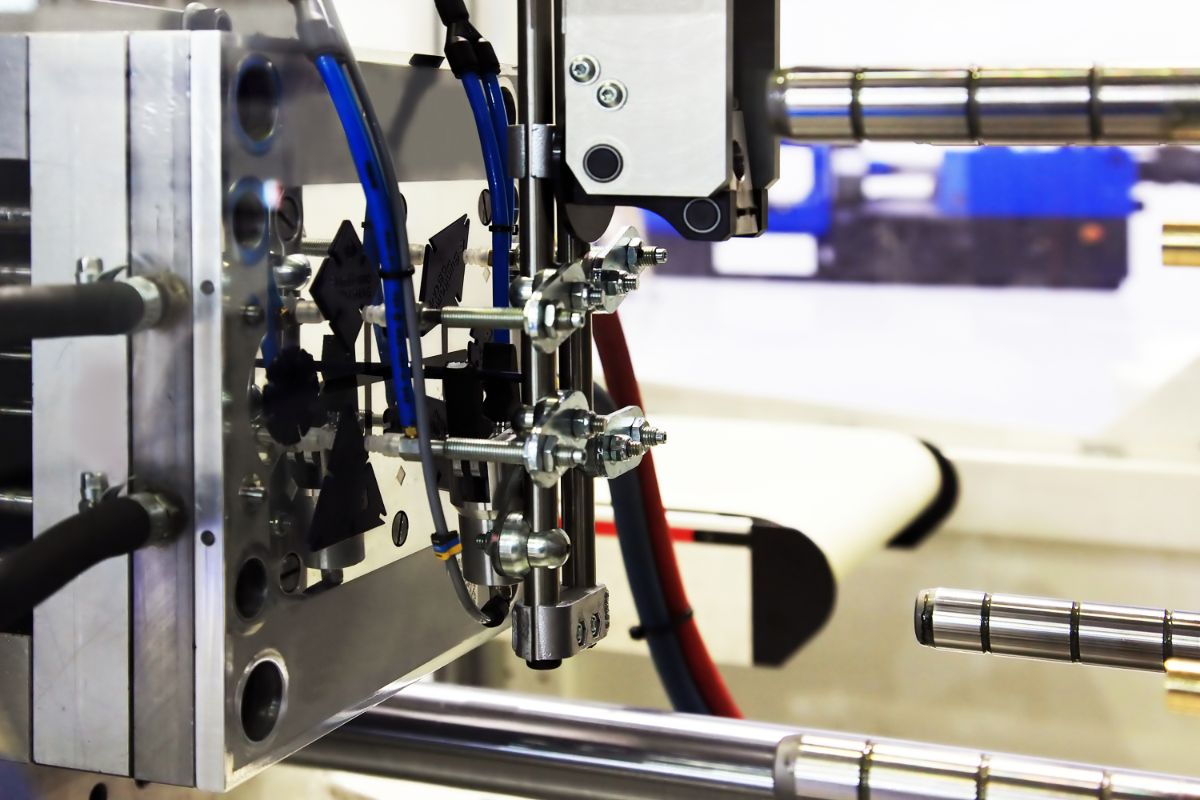
Another benefit of plastic injection molding for manufacturing needs is consistent quality. The consistency found in plastic injection molding is because the process relies on comprehensive data collection and analysis techniques — two key aspects of scientific molding.
This is backed up by process and design engineers, who are well-trained to ensure that tightly controlled manufacturing processes are used through thorough documentation and stringent testing.
Versatile finishing
Generally, injection molded parts come out with a smooth surface finish. However, this process allows for many different kinds of surface finishes, some of which can be achieved without the need for secondary operations. These range from matte to striated to all sorts of unique textures. This versatility expands when secondary processes are used, as they can fulfill designs for embedding, engraving, and much more.
Variety of color options
From clear to opaque color, injection molders can fulfill your color needs by combining resins, additives, and biocompatibility to achieve the desired color.
When multiple colors are needed in one product, injection molders can also use plastic overmolding to achieve that.
Furthermore, there is an extensive — and ever-expanding — color palette that is available for your plastic parts, thanks to color additives. These colors are also easily replicable from one batch to another.
Design flexibility
Plastic injection molding offers manufacturers plenty of flexibility in many areas — and this includes design. Plastic injection molders can fulfill custom color choices or meet specific project requirements. Advances in plastic resin technology have also provided a very large selection of materials for you to choose from. There is much more freedom in design choices here than you would normally find in metal manufacturing.
Lightweight
A component’s weight is a crucial factor in many industries, such as the automotive industry. Fortunately, another benefit of plastic injection molding for manufacturing needs includes producing lightweight plastic parts.
Plastic injection molding is capable of creating extremely lightweight yet functional and durable components. This makes it the ideal process for OEMs in many industries. This process can even be used to replace heavy metal components with lightweight plastic parts, which perform just the same in terms of strength and dependability.
Faster production cycles
 here
here
Advanced technologies and talented injection molding engineers can help manufacturers achieve much shorter product development timelines. This can help you get your product delivered to your clients — or delivered to your market — much faster, compared to other manufacturing methods. This is an important competitive advantage for manufacturers.
Low labor costs
Labor costs are relatively low in plastic injection molding, compared to other methods of production. One of the reasons why costs are lower is its high production rate, which means less work is needed to produce more products.
Another reason why is that molding equipment is generally automated, using self-gating tools to keep operations streamlined and production going 24/7 while minimizing the need for supervision. While this reduces labor costs, it also reduces the risk of defects and human error — allowing you to become more cost-effective.
Key Takeaway
There are many benefits of plastic injection molding for your manufacturing needs — it’s a very versatile and effective method of producing high-quality plastic parts or components. It has multiple advantages over other production methods, making it a favorite for manufacturers in any industry.
If you’re interested in utilizing plastic injection molding for manufacturing, contact Richfields today. We are an experienced and reputable plastic mold maker and China injection molding company. At Richfields, we offer various plastic injection molding services, such as precision plastic injection molding and large part injection molding.

